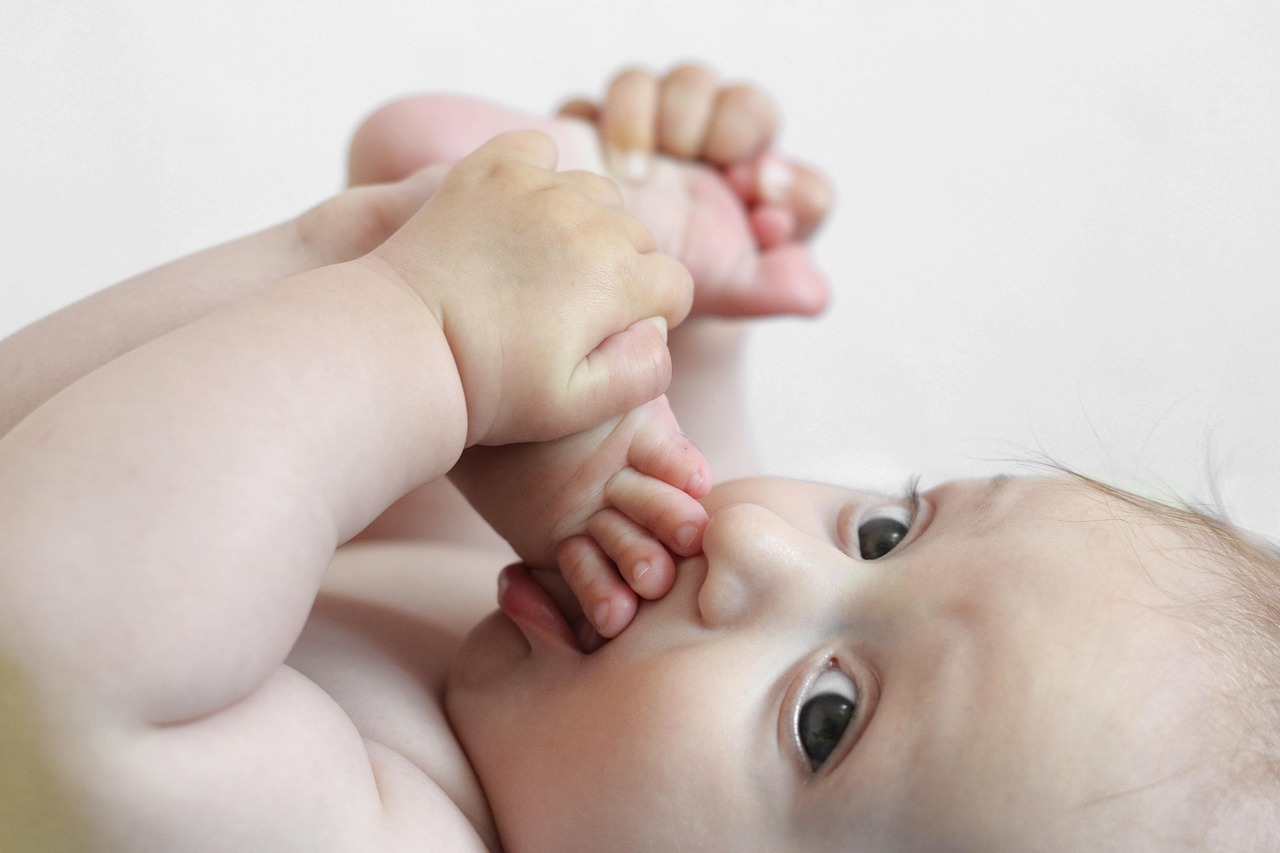Welcome to another insightful episode of Dr Dad Talkshow, where we explore the real science behind modern parenting.
In this episode, Dr. Gaurav Nigam (Dr Dad) speaks with Dr. Prerna Pahuja, a renowned orthodontist and child dental expert, about one of the most common concerns parents face — thumb sucking, pacifier habits, and their long-term effects on a child’s face, teeth, and confidence.
From understanding when thumb sucking becomes harmful to learning practical, science-backed ways to help your child quit, this talk uncovers everything parents need to know about healthy oral development in children.
🦷 Why Thumb Sucking Looks Cute but Isn’t Always Harmless
In infancy, thumb sucking and pacifier use are often considered adorable. But beyond the age of two, these habits can start to shape a child’s jawline and dental structure.
According to the American Academy of Pediatrics, thumb sucking up to 2 years of age is completely normal. It provides comfort and helps self-soothe.
However, beyond that age, the same comforting act can cause lasting oral and orthodontic consequences.
Dr. Prerna Pahuja explains:
“After 2 years, thumb sucking is no longer cute—it can alter jaw growth, cause spacing between teeth, and even lead to mouth breathing.”
👶 Long-Term Effects of Prolonged Thumb Sucking
If the habit continues beyond early toddlerhood, the following problems can develop:
-
Jaw Misalignment – The upper jaw moves forward, while the lower jaw growth gets restricted.
-
Protruding Teeth (Bunny Teeth) – Upper front teeth move outward, creating a noticeable “buck teeth” appearance.
-
Open Bite – A gap forms between upper and lower front teeth when the child closes their mouth.
-
Speech Problems (Lisping) – Due to misplaced tongue position, kids struggle with sounds like “s” or “sh.”
-
Mouth Breathing – Over time, children lose nasal breathing habits and start breathing through the mouth.
-
Aesthetic & Confidence Issues – These dental changes can affect the child’s appearance and self-esteem later in life.
🧠 Psychological vs. Habitual Thumb Sucking
Dr. Pahuja categorizes thumb sucking into two types:
-
Psychological: The child uses thumb sucking as an emotional coping mechanism (due to anxiety, fear, or insecurity).
-
Habitual: The child simply continues the act out of routine.
For psychological causes, parents must address the root emotion, provide comfort, and ensure a positive environment.
For habitual cases, simple interventions like bitter-tasting nail paint, finger guards, or habit-breaking dental appliances can help.
“Before treating the habit, we must find the cause,” says Dr. Pahuja.
“If the child is stressed, no appliance will help until emotional comfort is provided.”
🍼 Pacifiers: Friend or Foe?
Pacifiers are often used as a quick fix to calm a crying baby, but long-term use comes with similar risks as thumb sucking.
Dr. Pahuja strongly discourages pacifier dependence, especially sweetened pacifiers, as they add sugar exposure that harms baby teeth.
If parents still use pacifiers:
-
Choose unsweetened, orthodontic pacifiers.
-
Limit use to under 2 years of age.
-
Gradually wean the child off before they become emotionally attached.
😮💨 How Mouth Breathing Affects Face Shape
One lesser-known consequence of prolonged thumb sucking or nasal blockage is mouth breathing — when a child breathes through the mouth instead of the nose.
This leads to a facial structure called “Adenoid Face” or “Long Face Syndrome.”
The child may develop:
-
Long, narrow face
-
Short upper lip
-
Drooping lower lip
-
Forward upper teeth
-
Narrow nose bridge
Such children are often tired, snore at night, and may even develop sleep apnea if untreated.
🗣️ Lisping & Speech Problems in Children
Thumb sucking affects tongue placement, which is crucial for speech clarity.
Improper tongue position leads to lisping—difficulty in pronouncing “S,” “Z,” and “SH” sounds.
Dr. Pahuja explains:
“Speech therapy helps, but if the dental structure is misaligned, therapy alone won’t work.
Orthodontic evaluation is equally important.”
Parents can try a simple home test:
Ask your child to hold water in their mouth for a minute.
If they can’t, it may indicate mouth breathing or weak lip seal—time to consult your pediatric dentist or ENT.
🍼 Bottle Feeding & Night Milk: A Hidden Dental Danger
Many parents unknowingly continue bottle feeding at bedtime beyond the baby stage.
While comforting, this habit leads to “baby bottle tooth decay”—a serious form of early childhood cavities.
Why does it happen?
-
During sleep, saliva flow reduces, so milk stays in the mouth longer.
-
Sugars in milk feed oral bacteria, causing cavities—especially in front teeth.
-
Prolonged bottle use affects jaw growth and tooth alignment like thumb sucking.
Dr. Dad’s tip:
“Never let your child sleep with the bottle. After night feeding, offer a sip of water or gently clean gums with a soft cloth.”
🪥 Brushing & Oral Hygiene for Babies
Parents often assume brushing starts after teeth erupt, but gum care begins earlier.
✅ Use a clean, wet muslin cloth or finger brush to wipe baby gums daily.
✅ Once the first tooth erupts, start brushing twice daily using a rice-grain-sized amount of fluoride toothpaste (for kids under 3).
✅ After age 3, increase to pea-sized toothpaste.
Building a routine early helps prevent cavities and familiarizes the child with dental care habits.
🦷 When to Visit the Dentist for the First Time
According to Dr. Pahuja:
“Your child should visit a dentist by their first birthday or within 6 months of the first tooth erupting.”
This visit helps detect early issues like:
-
Bottle decay
-
Mouth breathing
-
Gum infections
-
Jaw misalignment
Early intervention can prevent the need for major orthodontic treatment later.
Watch : Other Podcasts.
🍭 Sugar and Diet: The Hidden Enemy of Baby Teeth
Parents often reward children with sweets, unaware that even small excesses harm developing teeth.
A child should not consume more than 6 teaspoons of sugar per day, according to global pediatric guidelines.
Frequent sugar exposure, sticky snacks, and juices increase acid production, damaging enamel.
Encourage fiber-rich fruits, dairy, and calcium-loaded foods for strong teeth and bones.
👩⚕️ Dr. Prerna Pahuja’s Expert Parenting Takeaway
-
Thumb sucking is normal only till 2 years.
-
Pacifiers should be weaned off early and unsweetened.
-
Encourage nasal breathing and check for mouth breathing signs.
-
Maintain night-time oral hygiene even in babies.
-
Visit a pediatric dentist early for preventive care.
“Small habits create big impacts,” says Dr. Pahuja.
“The earlier you identify and correct oral habits, the healthier your child’s smile and confidence will be.”
🎧 Listen to the Full Talk on Dr Dad Talkshow
Catch the complete conversation between Dr. Gaurav Nigam (Dr Dad) and Dr. Prerna Pahuja where they decode oral health myths, share real-life patient stories, and offer practical solutions for modern parents.
🎙️ Watch / Listen: Dr Dad Talkshow.
Reference : Colgate.
Disclaimer: This content was automatically imported from a third-party source via RSS feed. The original source is: https://drdad.in/thumb-sucking-pacifier-habits-in-kids-dr-dad-talkshow/. xn--babytilbehr-pgb.com does not claim ownership of this content. All rights remain with the original publisher.



